Why does Tampa Bay have so many Grateful Dead cover bands?
Published in Entertainment News
ST. PETERSBURG, Fla. — In a hazy sea of tie-dye at Bayboro Brewing, the Deadheads bust out dance moves like you’ve never seen.
Women twirl in floor-length dresses. Someone near the stage performs standing crunches with jazz hands. Another guy flexes his fingers like he’s casting shadow puppets, or maybe a spell, on the musicians in front of him. Almost everyone seems to have a ponytail.
A single song, stretched into 30 minutes, finally rambles to an end. Before Uncle John’s Band launches into another marathon jam, the bassist leans forward to address the crowd.
“That song is called ‘Dark Star,’ by the way,” he says.
The Deadheads cheer. They, of course, already knew that.
These fans can sing along to hundreds of tunes in the Grateful Dead extended universe of original albums, side projects and solo albums. A good chunk of the audience is old enough to have followed the original band, a rock group formed in the 1960s, from show to show.
And the folks at this concert who were born decades later? They’re welcome, too. For three trippy hours, everyone inside the bar is transported back in time.
Uncle John’s Band is the group spreading peace and love at Bayboro Brewing every Thursday night. Another tribute band has a standing gig every Wednesday at Cage Brewing in St. Petersburg. There are shows about every other Friday at Skipper’s Smokehouse in Tampa, and frequent weekend pop-ups at beach bars and tap houses. Often, local cover bands will play overlapping sets on the same day.
“My personal opinion is that Tampa Bay is second to San Francisco Bay, as far as Grateful Dead music is concerned, in the amount of bands and the quality of it,” said Christian Walker, who owns Cage Brewing. “San Francisco Bay has insane, incredible musicians over there, and they all sit in with the real Grateful Dead guys all the time.”
Walker would know. In the past three decades, he’s played in at least eight Dead cover bands.
In the Tampa Bay Deadheads Facebook group, over 3,200 modern-day hippies hatch plans to trade concert tapes, swap memories and follow the tribute groups that crisscross the state. Another website, gratefuldeadtributebands.com, says Florida has 42 such bands.
Jerry Garcia — the singer, guitarist and frontman of the Grateful Dead — died 30 years ago on Aug. 9. He may have left his earthly body behind, along with a famed Ben & Jerry’s ice cream flavor.
But in Tampa Bay, legions of the Dead live on.
Enter the gathering
Mike Edwards first saw the Grateful Dead play in the 1970s, when he was in high school. He would go on to witness the group perform about 94 more times. In 1989, he co-founded Uncle John’s Band, a Tampa Bay-based tribute group that’s played, according to him, around 3,600 shows.
Among them: a pilgrimage to Chicago for a special celebration in 2015. Four core members of the Dead — Bob Weir, Phil Lesh, Bill Kreutzmann and Mickey Hart — were there for several 50-anniversary farewell shows at Soldier Field. Edwards and Uncle John’s Band headlined the preshow festivities, playing a four-hour set at the Field Museum, three days in a row.
“Deadheads are the most dedicated cult in music history, the fan base against which all others are measured,” then-music critic Jay Cridlin wrote in the Tampa Bay Times back then. “From 1965 until Jerry Garcia’s death in 1995, the Grateful Dead spawned a subculture in every city as fans clustered to smoke pot, drop acid, trade tapes, and get lost in a never-ending groove.”
When Edwards first started Uncle John’s Band, he remembered playing to mostly empty rooms. Then Garcia died, and the band’s popularity ballooned. For 20 years, they had a weekly standing gig at Skipper’s Smokehouse, drawing 150-200 people each time.
“I think it’s bigger than when he was alive,” Edwards said.
Since its inception, about 35 people have been part of Uncle John’s Band. There are currently 14 rotating members: four keyboardists, four guitarists, three bassists and three drummers (including Dan DeGregory, husband of Times staff writer Lane DeGregory.)
Then there are the fans, the ones bringing homemade T-shirts, swaying along under lasers and fog night after night, shoving bills into a giant light-up tip jar that floats around the venue. If experiencing the Dead is like going to church, Lane DeGregory said, this is paying the tithe.
“It’s not about the people onstage, but the crowd,” Edwards said. “The music is an artery to the gathering.”
The day Garcia died, an estimated 800 followers flocked to see Uncle John’s Band at Skipper’s Smokehouse.
Doris Compassi, 74, was one of them.
“Everybody was dancing and crying at the same time,” she said.
Compassi once traveled across the country in a converted school bus and lived on a commune in Vermont. At 22, pregnant with her daughter, she joined her Deadhead husband to see the band at the Summer Jam at Watkins Glen in New York. The crowd was estimated to be between 600,000 and 800,000 — bigger than the Woodstock music festival that took place a couple years earlier.
She kept listening as they moved to Florida and then California. After her husband got brain cancer and died in 2011, she moved back to St. Petersburg.
Going to local shows helps her feel close to her husband again. It’s like the lyrics of The Eagles’ song “Hotel California,” she said.
“Some dance to remember. Some dance to forget.”
Compassi occasionally goes to Dead tributes with her daughter, but mostly she just shows up. Audiences in these crowds welcome just about anyone with hugs and smiles.
She tells her friends: “If I’m in some place dancing at a show … if I drop dead, just leave me there. Don’t try to resuscitate me. I’m in Dead heaven.”
The Deadheads that saved Cage
Grateful Dead cover bands aren’t just a weekly fixture at St. Pete’s Cage Brewing. They also saved the business.
In 2021, owner Robert Hughes decided to sell the spot. Someone wanted to buy the whole block, demolish the microbrewery and build condos. Walker and Tucker Waud, bandmates in several local cover bands, figured out how to buy it instead. When they founded the group Dead Set Florida in 2017, the first venue they ever played was Cage.
They kept all of the staff, and added turf and a new sound system, “so the bands can come in and be rock stars instead of roadies and sound engineers.”
“Since we took over Cage, St. Pete has become the best place to catch Grateful Dead music in the whole state of Florida,” Walker said.
Over the years, he’s played in Morning Dew, Dead Set Florida and the Grateful Walker Family Band. He founded Jerryland, which focuses on Garcia’s solo material. Another one of his groups, Dead Phish Spread, covers various jam bands every Wednesday. About half of Cage’s weekends are devoted to Grateful gatherings. He performs there six to seven times a month.
Walker started playing music on his roommate’s bass as a University of Florida student in 1995, after Garcia had passed. A musician he met through a newspaper ad invited him to launch a Dead tribute. Later, Walker moved to Syracuse, New York, and started another one of his own.
“It’s such an improvisational sonic magic. You have your root notes, but everything in between is just a color palette,” he said. “That really helped me play music.”
He compares the Dead’s music to the Bible.
“It means something different every time you read the same passage,” he said.
Florida’s scene is different from other places Walker has been to. There’s the sunshine and the tourism, which helps with throwing concerts. Most of the shows are free. A consistent influx of new residents helps, especially with “people who are loners, or just moved here and haven’t met anyone yet.”
He currently books and promotes Dead events around the state under the moniker Grateful Walker. He can rattle off many other Florida bands: Brown Eyed Women consists of all-female musicians. There is a cover group for bluegrass lovers (The Grass is Dead) and punk fans (Punkin’ The Dead, another band of Walker’s). There’s Crazy Fingers on the East Coast, plus Unlimited Devotion, which debuted in Miami in 2012 and “sparked a little bit of competition.”
“Grateful Dead tributes can be territorial, just like anyone else,” Walker said. “They don’t want to lose their fans.”
As a musician and a business owner, he chooses to see the variety as a positive.
“It just makes it more of a community,” he said. “The Grateful Dead was all about community, for crying out loud, you know, like peace and love and cohabitation and co-creation.”
Besides, it’s what the Dead themselves would do.
“What we try to capture is the energy of the music,” said Alan Gilman, a former Uncle John’s Band member who now plays with Walker in Morning Dew. “They don’t play all their songs just like you would do on the record. They were very, very unique in every show, so that’s what got a lot of people interested in coming out.”
Gilman, 66, sees it as a nice break from his day job.
“I’m actually an anesthesiologist,” he said.
Walker is determined to keep the music going for the next generation. He loves the “little kids that come up with earmuffs and dance up to the stage.” On some nights, a 17-year-old guitarist named Steven Kortie joins him in the Grateful Walker Family Band.
“I’m going to be gone one day. Alan’s going to be gone one day,” he said. “But the music of the Grateful Dead will keep being reinterpreted, over and over and over again.”
———
(Times archives were used in this report.)
———
©2025 Tampa Bay Times. Visit tampabay.com. Distributed by Tribune Content Agency, LLC.
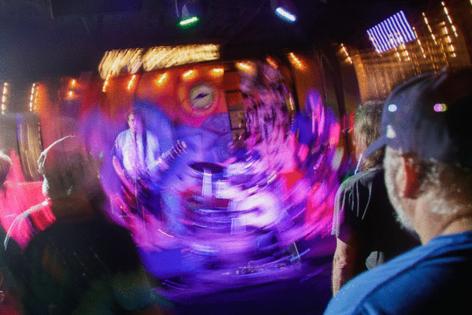
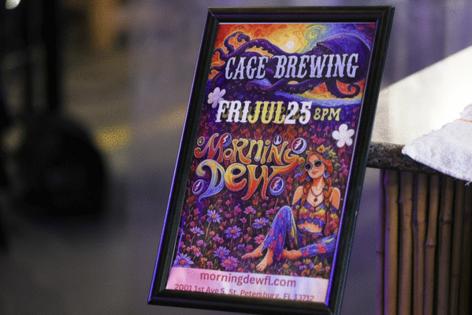

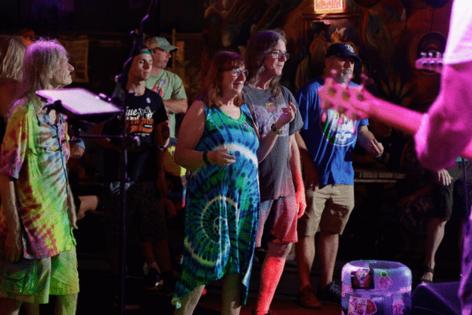
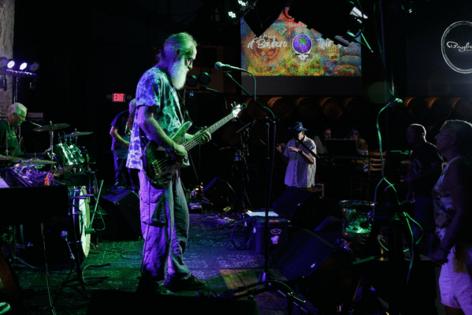





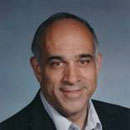
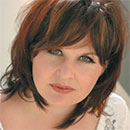
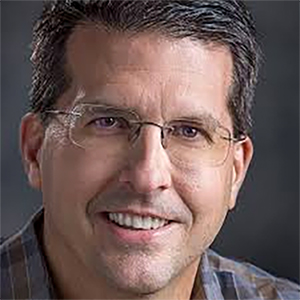
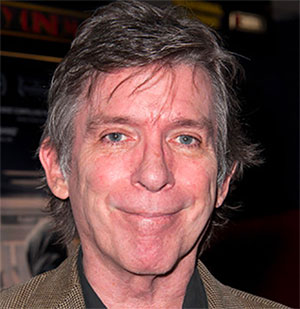
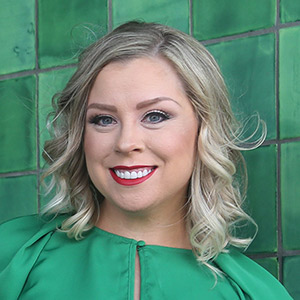
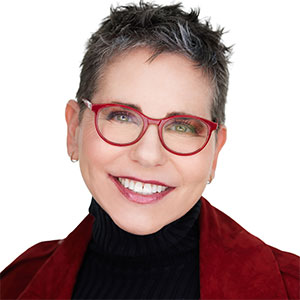




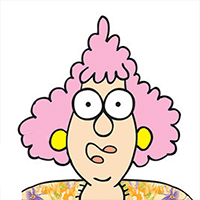
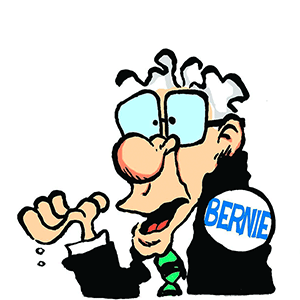
Comments